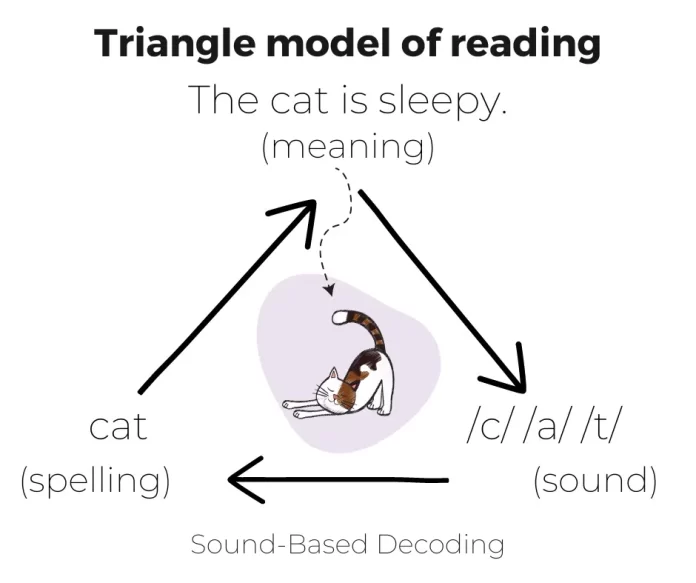
Unlocking the Reading Journey: Expert Tips to Teach Beginners How to Read
Reading is an essential skill that opens up a world of knowledge and imagination. Teaching beginners how to read can be a challenging task, but with the right strategies and techniques, it can become an enjoyable and rewarding experience for both the teacher and the student.
1. Start with Phonics:
One of the most effective ways to introduce beginners to reading is through phonics. Phonics is the method of teaching reading by focusing on the individual sounds that make up words. By teaching students to recognize sound-letter relationships, they can begin to decode words and build their reading skills. Start with simple, one-syllable words and gradually introduce more complex sounds and words.
2. Use Sight Words:
In addition to phonics, sight words play a crucial role in reading. Sight words are words that are commonly used and cannot be sounded out using phonics. These words should be memorized by sight. Introduce a few sight words at a time and incorporate them into reading exercises. Consistent practice and repetition will help solidify these words in the student’s memory.
3. Read Aloud:
Reading aloud is an effective technique to help beginners develop their reading skills. Choose books with simple vocabulary and engaging stories. By reading aloud, the teacher models correct pronunciation, expression, and flow. Encourage the student to follow along, pointing to the words as they are read. This technique helps beginners build their confidence and comprehension.
4. Provide Comprehension Strategies:
Reading is not just about decoding words; it is also about understanding the meaning behind those words. Teach beginners comprehension strategies, such as predicting, summarizing, and questioning, to enhance their understanding of the text. Encourage them to ask questions while reading and make connections to their own experiences or prior knowledge. These strategies promote critical thinking and active engagement with the text.
5. Create a Reading Routine:
Consistency is key when teaching beginners how to read. Establish a daily reading routine that includes dedicated time for reading and practice. Set aside a quiet space with minimal distractions where the student can focus on their reading. Encourage them to read independently, as well as aloud, to develop their reading fluency and confidence.
6. Make it Fun:
Learning to read should be an enjoyable experience. Incorporate games, activities, and interactive learning tools to make the process fun and engaging. Create word games using flashcards, puzzles, or online resources. Use colorful stickers or rewards to motivate and celebrate the student’s progress. By fostering a positive and enjoyable learning environment, beginners will be more motivated to continue their reading journey.
7. Encourage Reading at Home:
Reading should not be limited to the classroom. Encourage beginners to practice reading at home by providing them with age-appropriate, interesting books. Create a home library or take regular trips to the local library to explore different genres and authors. Encourage parents to read with their children and make it a shared experience. The more exposure beginners have to reading outside of school, the quicker their skills will develop.
8. Monitor Progress:
Regularly assess the student’s progress to identify areas that need improvement. Keep track of the words they can read confidently and identify any difficulties they may be facing. Adjust teaching strategies accordingly to address their specific needs. Regular feedback and praise will motivate beginners and boost their confidence.
9. Individualize Instruction:
Each beginner will have unique learning needs and preferences. Adapt your teaching approach to cater to their individual learning style. Some students learn best through visual aids, while others may prefer hands-on activities or auditory cues. By understanding and incorporating their preferred learning style, you can unlock their reading potential and make the learning experience more effective.
10. Seek Additional Support:
If you find that a beginner is struggling significantly or has specific learning challenges, seek additional support from specialists or resources available in your school or community. Early intervention is crucial to address any underlying difficulties and ensure a successful reading journey for the student.
In conclusion, teaching beginners how to read requires patience, dedication, and effective strategies. By incorporating phonics, sight words, reading aloud, comprehension strategies, and creating a routine, beginners can unlock the world of reading. By making the process enjoyable, encouraging reading at home, and individualizing instruction, beginners will develop lifelong reading skills and a love for literature.


















